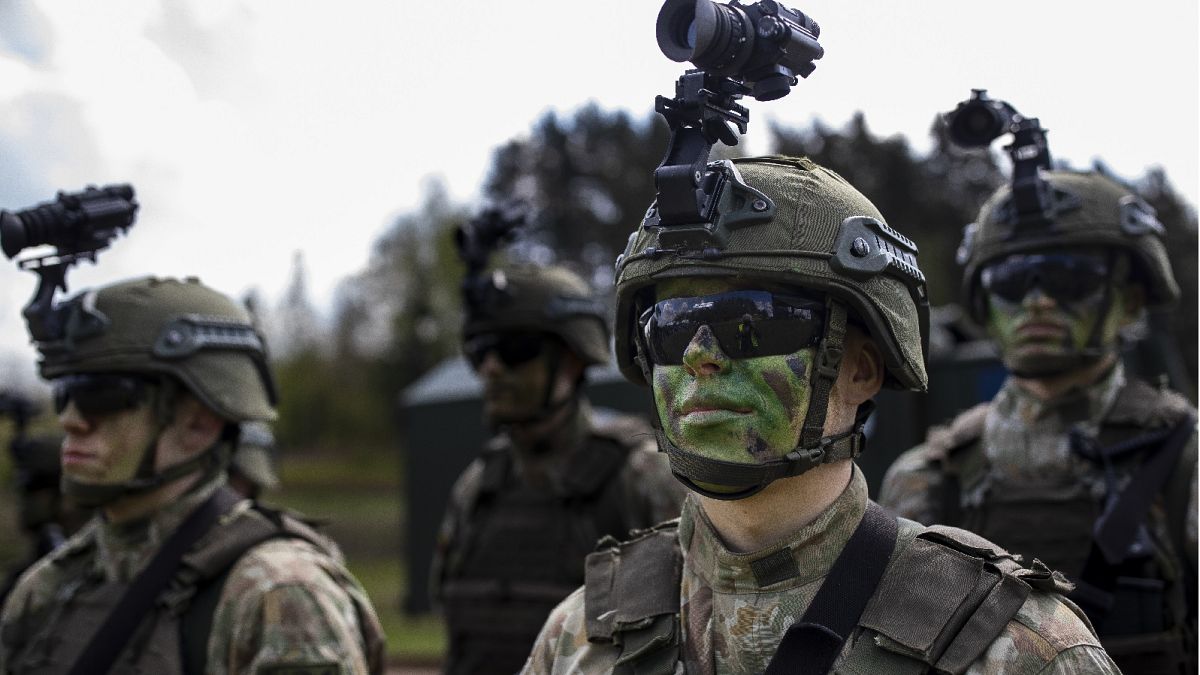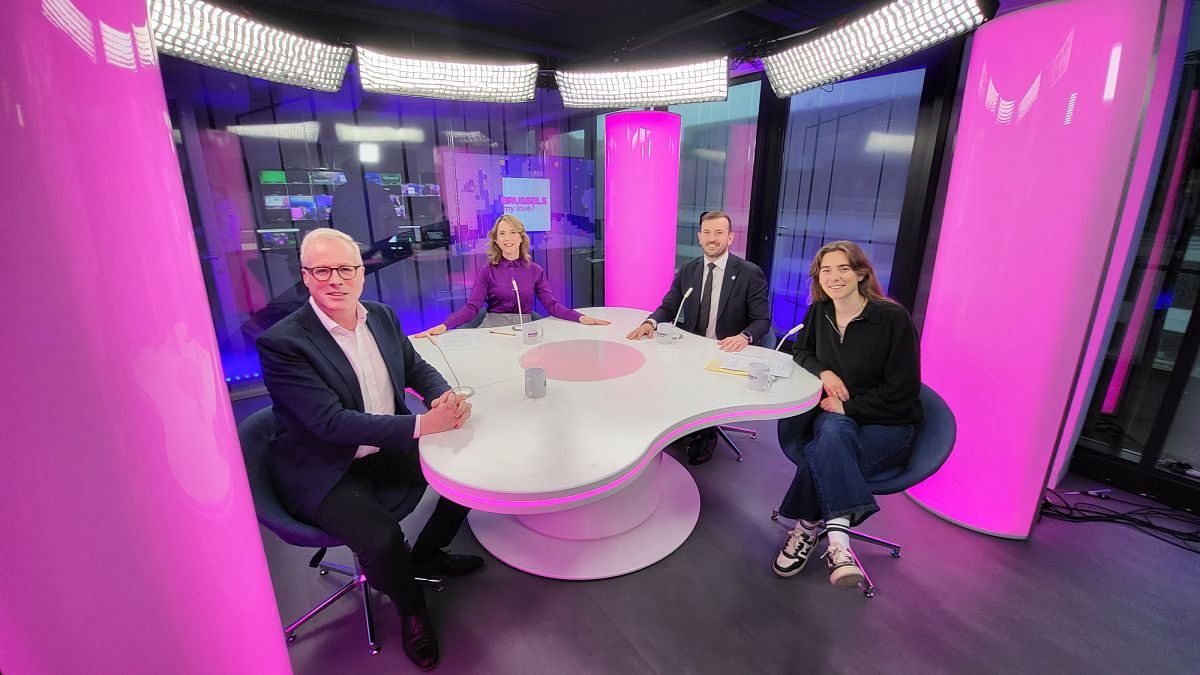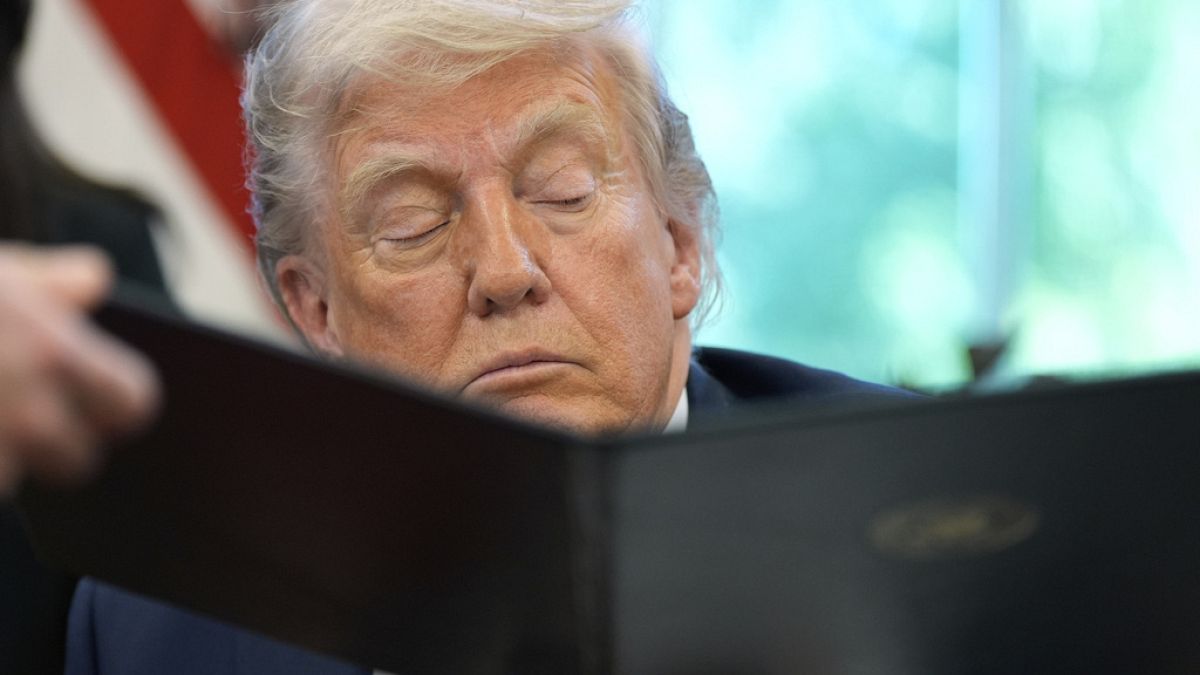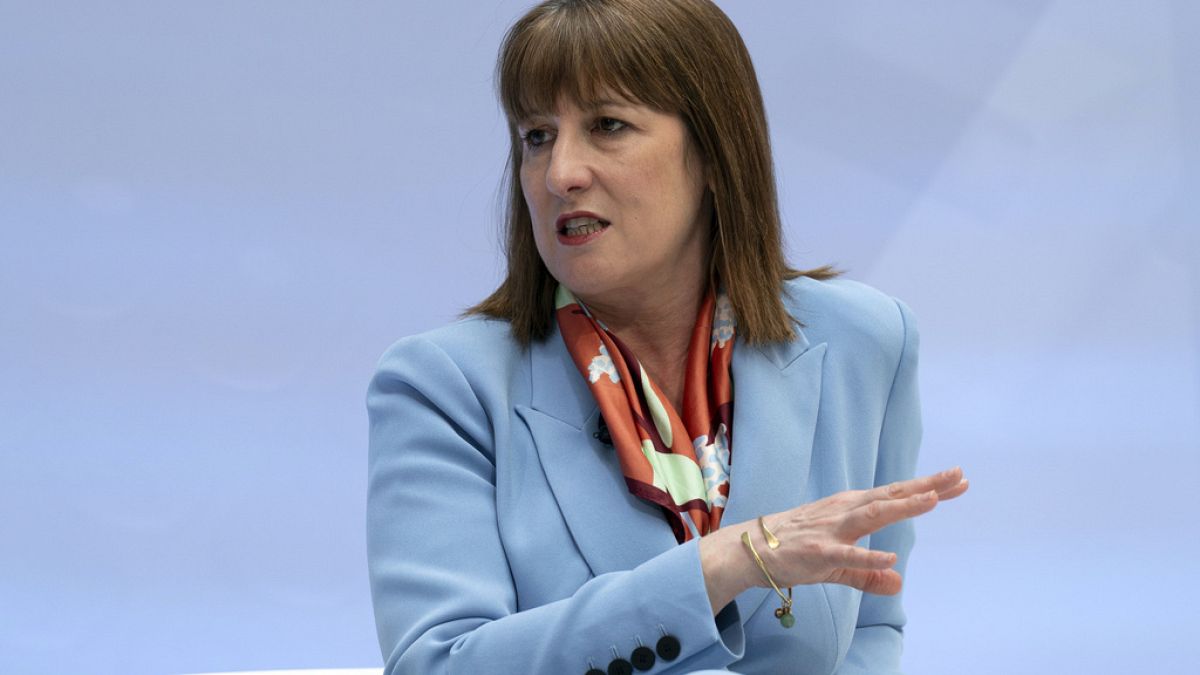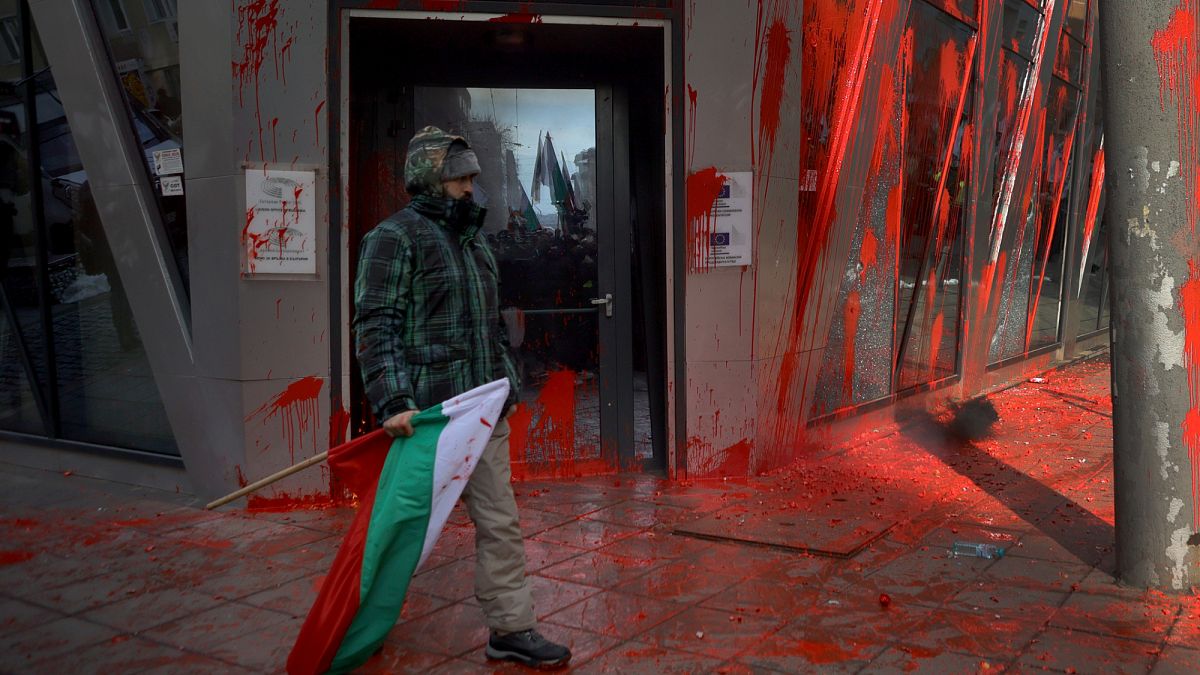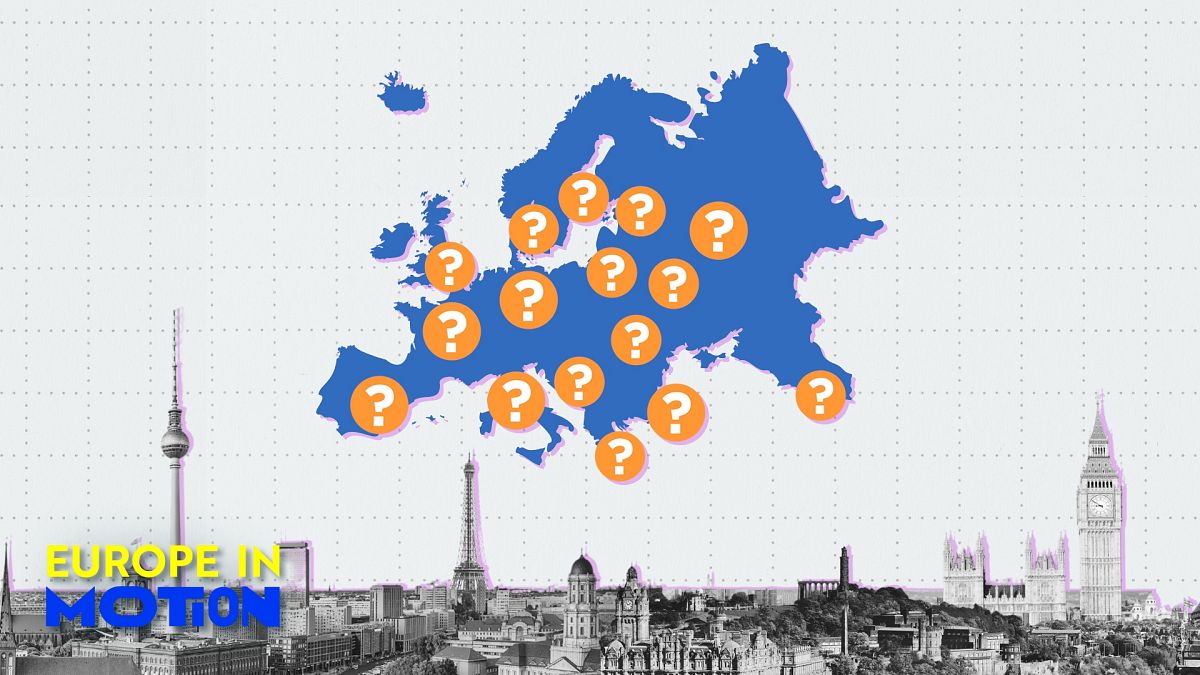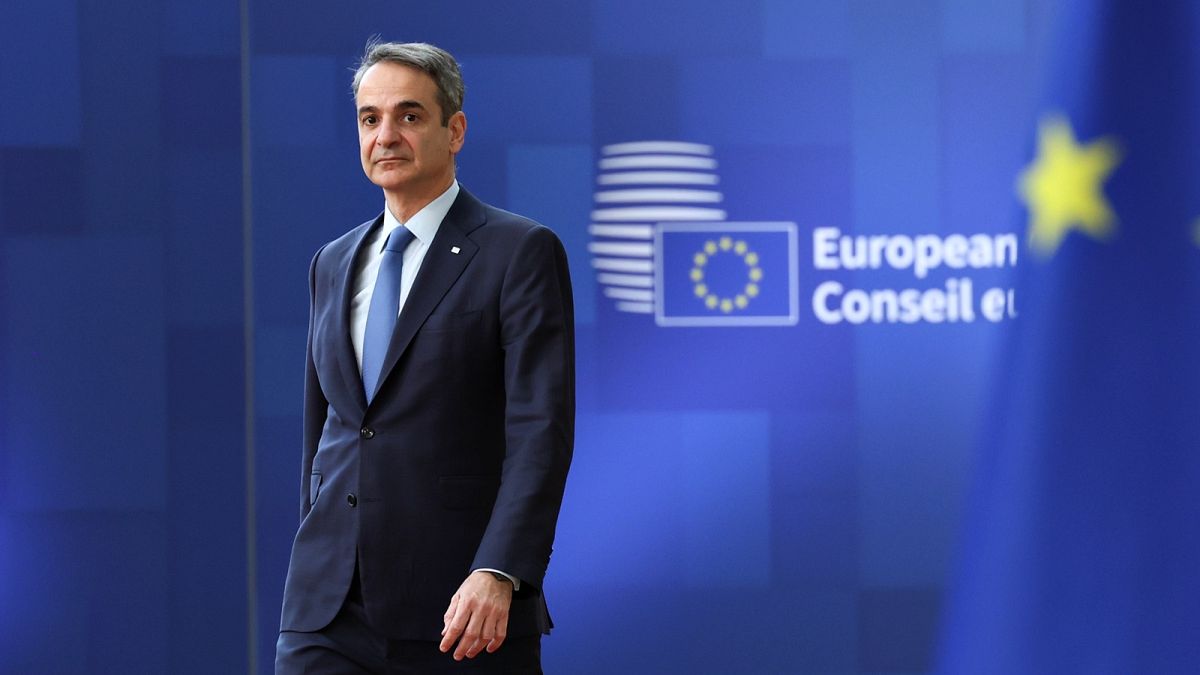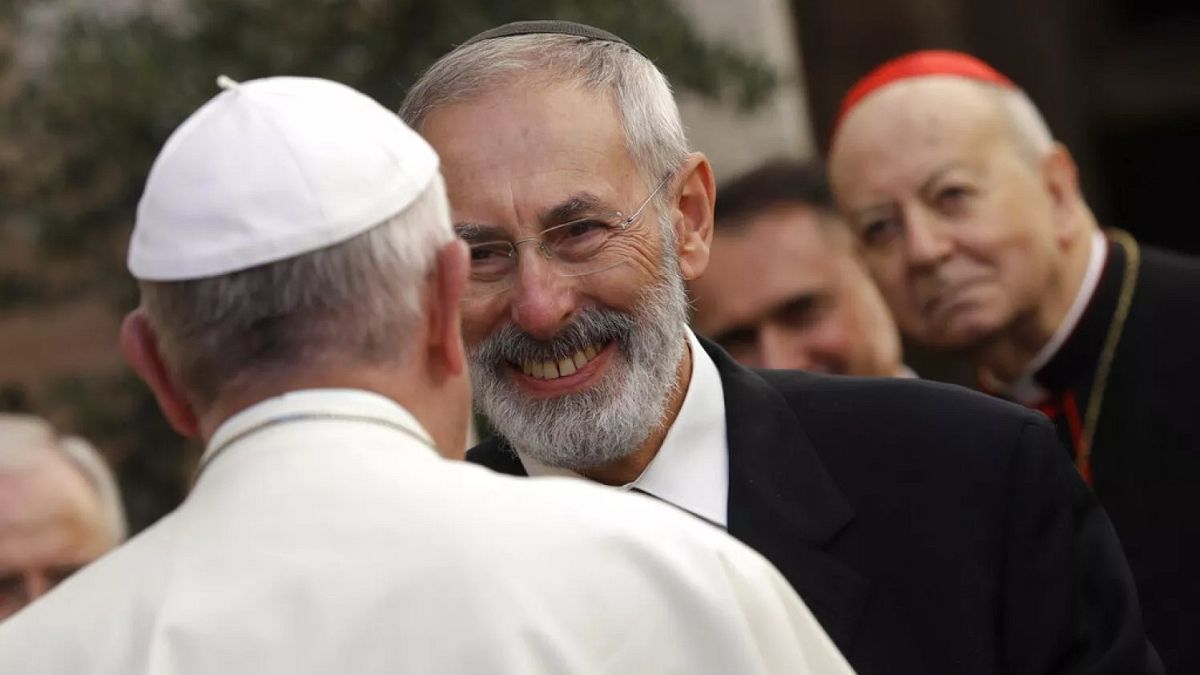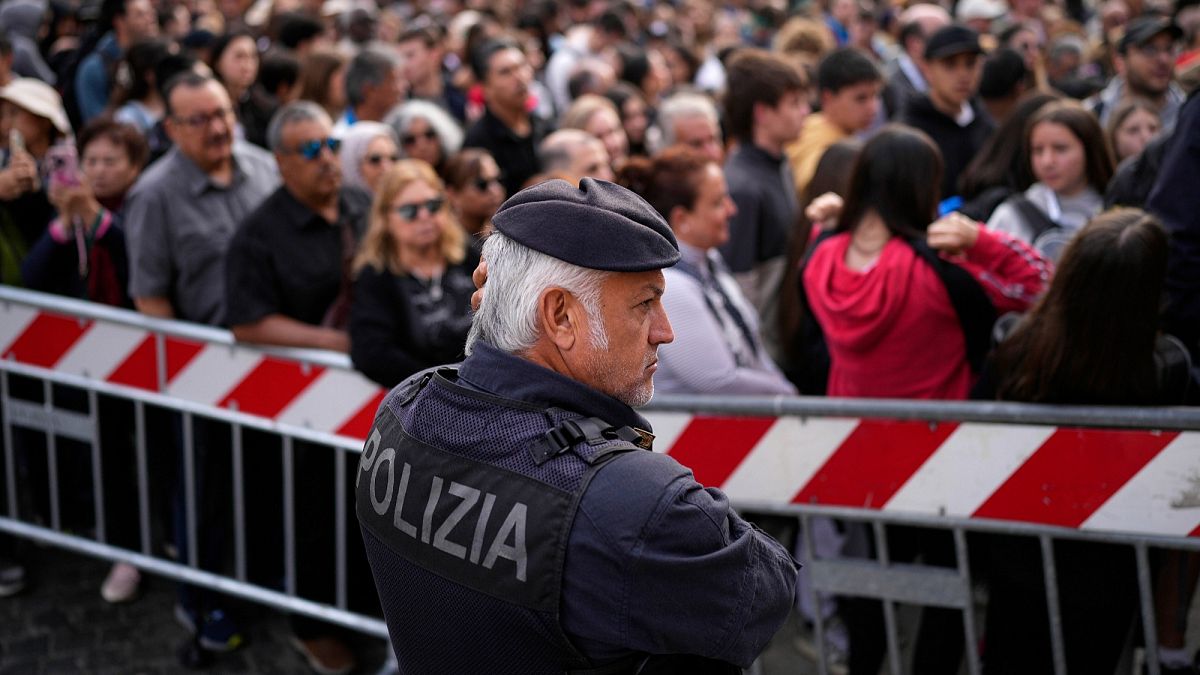EU member states are currently negotiating whether to roll-out a so-called European preference for bloc-level defence spending.
European defence manufacturers are urging the EU to implement a European preference for common EU defence spending as a “strategic imperative”, as member states contend with how to deal with a transactional US leader.
no
“A strong European defence industrial base is essential to European defence preparedness – it is a defence capability in itself,” a spokesperson for the AeroSpace and Defence Industries Association of Europe (ASD), told Euronews in an emailed statement on Thursday.
“Many European procurement contracts are given to third-country suppliers. This trend must be reversed. We must spend more – and more European.”
“European preference is a strategic imperative: To strengthen its resilience, security of supply, and freedom of action, Europe must bolster its own production capacity,” the spokesperson, whose pan-European association represents more than 4,000 companies, accounting for 98% of the industry’s total turnover, added.
EU member states are currently divided over how to roll out such a European preference for joint defence spending, largely because of a different view of how to handle Donald Trump’s transactional approach to politics.
Leaders from the 27 member states are currently wrestling with how to plug a defence spending gap of €500 billion over the coming decade to continue supplying Ukraine with what it needs to defend itself and ensure the bloc can protect itself, alone, if needed.
Ramping up European defence production is one of the key goals of the strategy leaders have tasked the European Commission to map out – a need made all the more salient by the bloc’s failure to make good on its pledge to deliver one million shells to Ukraine in the year ending in March 2024, only managing to produce about half the amount, and recent intelligence reports that suggest Russia could have the military means to attack a European NATO ally before the end of the decade.
For France’s Emmanuel Macron, the solution is “quite simple”:
“How can Europe produce more for itself? How can Europe invest more in its future? It is by deciding to buy and to prefer European purchases that it will become more independent,” he told reporters in early February as he arrived at an informal retreat of EU leaders in Brussels dedicated solely to defence.
But not everyone is convinced: at the same leaders’ meeting, Poland’s Donald Tusk said that he “will advocate against imposing restrictions on arms purchases” while his Lithuanian counterpart, Gitanas Nausėda, called on the EU “to switch to a positive economic agenda” with the US, by buying more of its natural gas and military equipment.
65%-35%
The deal that was stabilised by member states before Christmas plans for EU funds to finance weapon systems of which 65% of the value is made in the bloc, an EU diplomat said.
To continue reducing dependencies, EU companies should have the design authority over the 35% that come from outside the bloc to ensure they have governance and intellectual property rights and that it is governed by EU law.
The EU diplomat, who spoke on condition of anonymity, said that “some member states agree because the European industry agrees” but that other “member states are hesitating for non-European reasons.”
“We’re just waiting for it to mature,” the diplomat added.
Another EU diplomat, who also spoke on condition of anonymity, told Euronews that one of the remaining sticking points is whether to allow the production, with EU funds, of arms under licence from American producers in Europe.
This would for instance include missiles for Patriot air defence systems that will be made under licence in Germany from 2026 through a joint venture between Raytheon (US) and MBDA (a European multinational) announced last year.
For the diplomat, allowing the use of EU funds to purchase licenced equipment made on European soil is important because it’s typically capabilities that Europe doesn’t or cannot produce currently and because “you create the conditions for knowledge transfer as well as for good, honest European jobs”.
But it could also “leave some room for negotiation” with the new US administration of President Donald Trump. “You certainly don’t want to antagonise him by doing a symbolic deed of excluding the American industry,” the diplomat said.
2% spending target not enough
Trump has announced sweeping 25% tariffs on US imports of steel and aluminium that will impact the EU, which has vowed to retaliate, sparking fears of a trade war between allies.
His call with Russian President Vladimir Putin on Wednesday and following statement on his Truth platform that they have “agreed to have our respective teams start negotiations immediately” has also ruffled feathers in Europe over worries the bloc, collectively the largest donor to Ukraine since the beginning of the war, and possibly Ukraine itself, will be excluded from the talks.
Trump’s defence secretary, Pete Hegseth, has meanwhile used his inaugural trip to Brussels to attend a Ukraine Defence Contact Group meeting at the NATO headquarters to say that Ukraine’s goals of returning to its pre-2014 borders and becoming a member of the military alliance are “unrealistic”.
Concerns are that the resulting peace deal could be disadvantageous to Kyiv, and lead to a frozen conflict that could embolden Russia in coming years to launch another full-scale war to encroach on more territory.
With Washington’s foreign policy focus increasingly shifting eastward towards Russia, it would leave Europe to largely fend for itself, which current capability gaps suggest it won’t be able to do.
“If we stick to the 2% (of GDP spent on defence spending), we cannot defend ourselves in four of five years” against a Russian attack, NATO Secretary General, Mark Rutte, told reporters on Wednesday.
‘Explore European first’
For the ASD, European defence industrial players can “prepare for a further ramp-up, but in order to invest heavily in production capacities and manage the financial risks, they have to have firm contracts and long-term commitments from their government-customers.”
They urge EU member states to “explore European first” so that whenever possible, European defence solutions are given priority, and say that if those solutions do not exist in Europe, focus should be on developing them.
“If there is no viable EU solution, non-European procurements should avoid impeding an EU development,” the ASD spokesperson said.
Joint EU money is for now an infinitesimal fraction of how much member states spend on defence with the European Defence Industry Programme (EDIP) regulation that will soon enter into negotiations between EU institutions, expected to have a €1.5 billion budget. In comparison, Germany is projected to have spent over €90 billion on defence last year, the largest number in the bloc.
But the tussle is largely over the bloc’s next common budget that will run from 2028 to 2034 and in which defence and security should be a priority. Negotiations for this budget are scheduled to start in the summer.
The European Commission is set to publish its White Paper on Defence on March 19 in which it will outline what it sees as the best options to revitalise Europe’s defence industrial base and how to finance it. EU leaders will then have two months to digest it with decisions expected to be taken at their late June summit.






